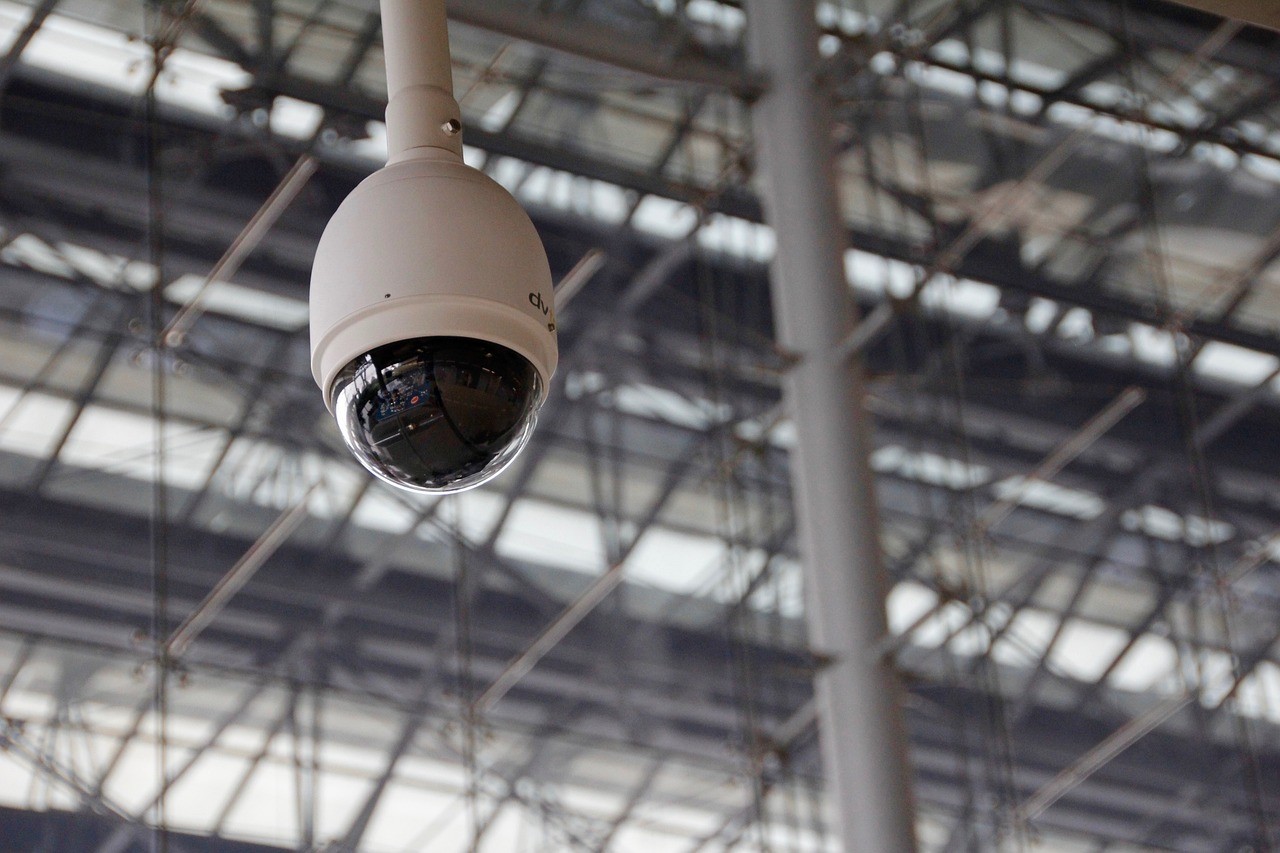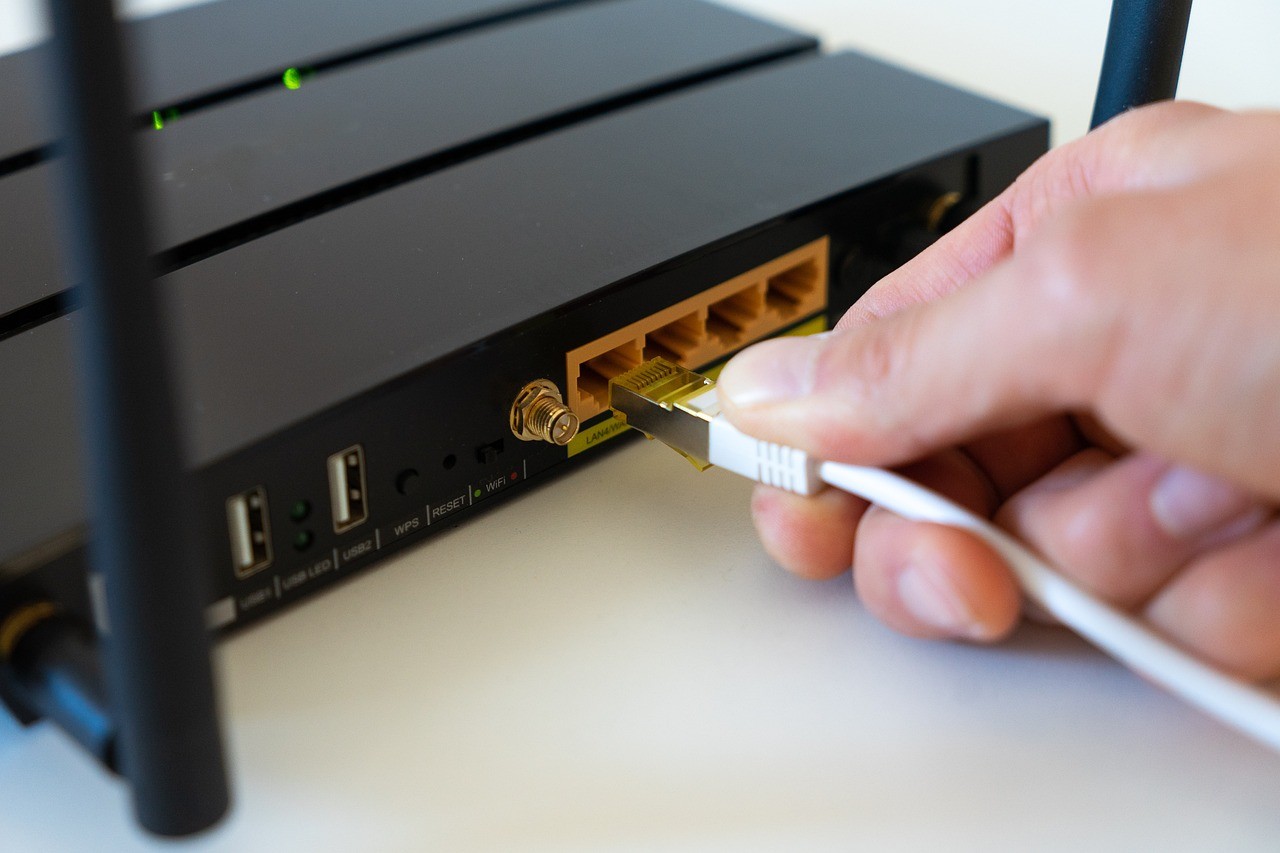When you think about home security, what are the first things that pop into your mind? Most think about securing their home against a burglar, protecting their home against fire, and making their house child safe if they have children.
All of the above-mentioned security precautions are important. However, there is a potential danger that many homeowners forget about, and it is gas leaks. Carbon monoxide is a deadly gas that can seep into your home if you have appliances that burn fuel. It is estimated that on an annual basis, more than 20,000 people in the United States are sent to the emergency room as a result of carbon monoxide poisoning.
Carbon monoxide and other gases that can leak into your home present a real and serious danger. These gases are often invisible and produce no odor. So it can be challenging to know if you and your family are at risk.
When it comes to detecting a gas leak in your home, prevention is everything. The earlier you are able to detect a high level of gas in your home, the higher the chances you have of preventing illnesses, explosions, and fatalities. The following is a list of questions and tips that will help you to detect gas leaks before it is too late.
What Causes a Gas Leak?
Household appliances are the most common cause of gas leaks. Many of the appliances in a modern home use either natural gas or propane to create heat or energy. Some of these devices include:
- Stoves
- Fireplaces
- Water Heaters
- Dryers
As the appliances in your home get older, their seals can begin to leak. Piping can also corrode, leading to gas leaks. Many appliances, such as a boiler or a stove, use sparks in order to ignite the gas. If the spark becomes faulty, it might not always ignite the gas when it should, and this can lead to gas seeping into your home.
Or in the case of a stove or a propane grill, someone might turn on the gas and simply forget to ignite it, allowing it to seep into the home.
Gas comes into your house from the outside. There is a labyrinth of pipes traveling underneath your home that connect various appliances to the gas source. In older homes, the piping can become damaged and seals can deteriorate. All of these things allow gas to seep into the home.
Poor ventilation is another cause of gas seeping into your home. Large appliances, such as your home’s heating system, are designed to expel carbon dioxide through the ventilation shaft. Carbon monoxide is a natural byproduct of a large heating system.
If the ventilation system, such as your chimney or vents, becomes clogged, carbon monoxide will accumulate in your home. The difference between having carbon monoxide develop in your home and having natural gas development in your home is that with the natural gas or propane, an additive has been added that causes it to have a rotten egg smell.
This is not the case with carbon monoxide. Carbon monoxide is odorless. It affects a person by simply causing them to become tired and eventually fall asleep. If a carbon monoxide leak is not noticed, a person may fall asleep and never wake up.
How to Detect a Gas Leak?
- A hissing or whistling sound
- smell gas in your home
- damaged gas line connection
- plants in your kitchen suddenly die
- Use a gas leak detector
Since faulty appliances are the primary reason why you would have a gas leak, it is important to make sure that all of your appliances are correctly installed by professionals and that they are properly maintained in harmony with the manufacturer’s direction.
Do not try to do repairs to your gas appliances on your own. Instead, insist that the repairs are performed by trained professionals. Failure to do this could put your family at risk.
Your nose may be the first and only warning system that you have for a natural gas leak in your home. Natural gas that is pumped into the home is fitted with a chemical called mercaptan. This is a harmless chemical that gives the gas an odor that is similar to the smell of rotting eggs.
If You Have a Gas Leak – Act Immediately!
- Turn off any source of natural gas.
- Open your windows and open the doors.
- Get your family and your pets out of the house immediately.
- Blow out or shut off any candles or open flames, including pilot lights.
- Call the gas company and have them check for a leak. They will give you the okay when you can return to your home.
Detecting gases that you cannot smell, such as carbon monoxide or radon, require a different set of precautions. The only way that you can detect carbon monoxide or radon is to install a CO2 detector or a radon detector.
These detectors are designed to alert you when dangerous levels of gas are present in your home. The alert is designed to motivate you to act and get your family out of your home and to be safe as fast as you can.
There are certain models of CO2 detectors that can even send alerts to your smartphone. This will let you know if your family is in danger, even when you are away.
Some smart detectors will not only warn you that carbon monoxide is present in your home, but they will also tell you where it is in the home and will link with other security devices in your home with the goal of keeping your family as safe as possible.
Symptoms of Carbon Monoxide Poisoning
It is vital that you are aware of the symptoms of carbon monoxide poisoning. These symptoms can include things like:
- Weakness
- A Dull Headache
- Vomiting
- Nausea
- Shallow Breathing
- Blurred Vision
- Confusion
- Loss of Consciousness
Carbon monoxide poisoning is exceptionally dangerous for individuals who are asleep or who are intoxicated. Many individuals are left with irreversible brain damage, or even die before they or anyone else around them realizes that there is a problem.
Carbon monoxide poisoning is very subtle and has a powerful effect on unborn babies, children, and older adults. Depending on how long a person is exposed to carbon monoxide, they may experience complications that include:
- Permanent Brain Damage
- Death
- Heart Damage or Cardiac Complications
Install a Carbon Monoxide Alarm (Detector) in Your Home
A carbon monoxide alarm works similarly to a smoke alarm or smoke detector. When the carbon monoxide levels in your home reach a certain level, the detector is going to start to make a beeping sound. The alarm is designed to alert you and your family members to danger.
It is important that you maintain the batteries in your CO detector as well as change your CO detector according to manufacturer guidelines. Some schedule the battery change for their CO2 detector during daylight savings time. It makes it easy for them to remember to swap the batteries twice a year.
Heat and smoke rise. That is why most fire alarms or smoke detectors are placed higher up in the home. However, carbon monoxide is a gas that mixes with the air. So it’s better to have a CO2 alarm installed at knee level. This is the approximate height of where the nose of a sleeping person would be.
If in your home you have children or pets who might be tempted to play or tamper with the CO2 detector, then move it to chest height. Remember that the CO2 detector should never be placed in an area where it is going to be blocked by furniture, curtains, or any other object that can impede airflow and minimize the detector’s function.
Since carbon monoxide detectors are most valuable when people are asleep, it is important to place a detector in every room where your family sleeps. If you are only going to install one alarm, place it in a central place around everyone’s sleeping area.
If you have a multilevel home, be sure to install a carbon monoxide detector on each level. Exercise special care in installing detectors in areas where children or elderly family members sleep.
If your furnace is in the basement or if you have a gas dryer in the basement, put an alarm down there. Place one in your garage if you use the garage for your automobiles and in any rooms where you have a solid fuel-fired appliance.
Basically, anything that could produce carbon monoxide should have an alarm near it.
Carbon monoxide detectors are designed to function within certain tolerance levels for temperature and humidity. So it is best to avoid placing your detector in a bathroom, in direct sunlight, or within 15 feet of an appliance that generates heat.
It is also good to avoid areas with open windows where there may be a strong draft.
Unfortunately, people develop the habit of simply skimming information that they see on the web. This is not a good idea when it comes to installing a carbon monoxide detector.
By thoroughly reading and rereading the above-mentioned information, you can take steps to keep your family safe.
Remember, throughout the developed world carbon monoxide is the single largest cause of accidental poisoning. Your family’s lives depend on you understanding the reason behind gas leaks and how to properly detect them.



